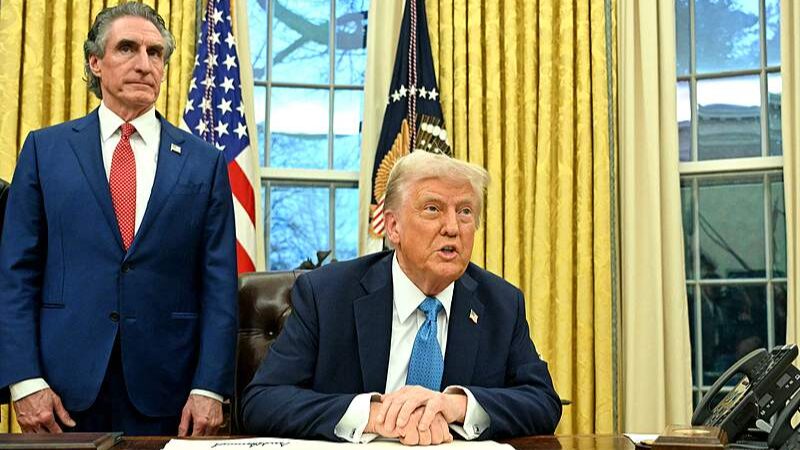The European Union’s decision to impose tariffs of up to 38.1% on Chinese electric vehicles (EVs) starting next month has sparked a heated debate. Is this a win for European industries or a risky gamble for consumers and trade relations? Let’s break it down. 🔍
Trade Tensions Heat Up 🔥
China, the EU’s third-largest export market, has already slammed the tariffs as “protectionist,” warning they could backfire. With $783 billion in bilateral trade in 2023, tensions could ripple far beyond EVs. Think tech, green energy projects, and more. 🌱
Price Tag Shock for EU Drivers? 🚗💸
Chinese EVs like BYD and NIO are popular in Europe for their affordability—averaging €22,000 vs. €34,000 for European models. Higher tariffs could price them out, leaving consumers with fewer budget-friendly options. Critics say it’s a lose-lose move: protecting jobs in one sector while squeezing wallets in another. 💼👛
What’s Next? 🤔
If China retaliates, industries like European wine, luxury goods, or machinery could face the heat. For now, the EV tariff saga is a high-stakes drama with no clear ending—stay tuned. 📉📈
Reference(s):
cgtn.com

